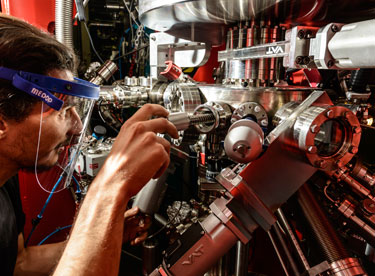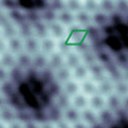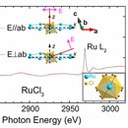
Researchers have demonstrated the "electronically cubic conditions" and the Jeff = 1/2 ground state for Ru in α-RuCl3, a pre-requisite for Kitaev Physics and the possibility for studying in this material Majorana fermion excitations. This work has been published as a Physical Review B Rapid communication and editor's suggestion.
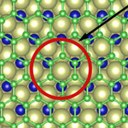
A team of researchers from ALBA and ICN2 have developed novel graphene-based antiferromagnetic multilayer structures featuring robust magnetic properties. These results, published in Nature Communications, demonstrate that single-layer graphene spaced magnetic thin film structures present perpendicular antiferromagnetic coupling together with a number of properties that are well suited for applications.
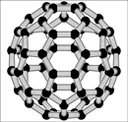
Using ALBA's synchrotron light, researchers have shed light on the origin of the magnetism arising at carbon/non-magnetic 3d,5d metal interfaces. These results may allow the manipulation of spin ordering at metallic surfaces using electro-optical signals, with potential applications in computing, sensors, and other multifunctional magnetic devices.
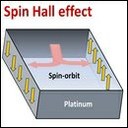
Pure spin currents and spin accumulation and consequently magnetism can be induced in non-magnetic materials just by a flow on a non-spin-polarized charge current (Spin Hall effect). However, magnetism in some non-magnetic materials can also been induced by proximity effect by neighbouring magnetic layers. A group of researchers, led by Josep Fontcuberta from the ICMAB-CSIC, show that in Pt/CoFe2O4 hybrid systems, spin currents are generated in the absence of any proximity-induced magnetic moments in Platinum.


